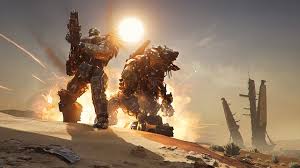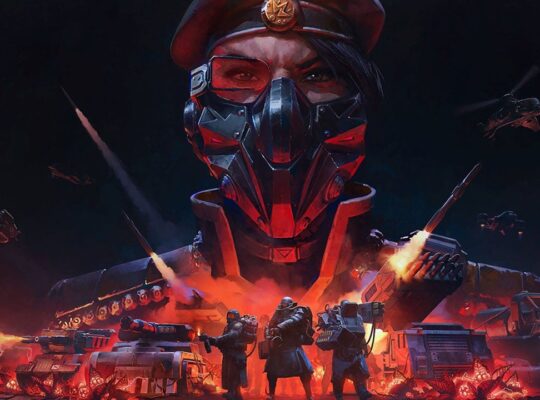Tom Clancy’s Rainbow Six Siege, developed by Ubisoft, is a first-person shooter that stands out for its intense tactical gameplay and emphasis on teamwork. Launched in 2015, the game has seen substantial growth and evolution, becoming one of the most acclaimed multiplayer games thanks to its strategic depth and dynamic content updates. It has surpassed 70 million registered players, a testament to its enduring popularity and the successful implementation of a “games as a service” model by Ubisoft, which includes free downloadable content and consistent updates (Wikipedia).
The core of Siege lies in its 5v5 multiplayer setup, where teams alternate between attacking and defending objectives across various maps. Notable for its realism, the game includes features like one-shot headshots and a lack of respawns within rounds, heightening the stakes of each player’s actions. Another key aspect is the destructible environment, which players can manipulate to gain tactical advantages, creating new sightlines or pathways to objectives (SiegeGG).
Operators are central to the gameplay, with each bringing unique gadgets and abilities that contribute to the team’s strategy. The game encourages experimenting with different operator combinations to find effective tactics for breaching defenses or fortifying positions. Rainbow Six Siege’s emphasis on environmental interaction extends to its detailed maps, which support multiple strategies and playstyles, further enriched by the game’s ongoing updates and the introduction of new operators and maps (Game Gazette).
In summary, Rainbow Six Siege distinguishes itself with a focus on strategic play, environmental destruction, and a robust system of operators, all underpinned by a commitment to teamwork and communication. Its evolution over the years and the continuous updates have kept the game fresh and engaging for a dedicated player base, ensuring its place as a standout title in the tactical shooter genre.












